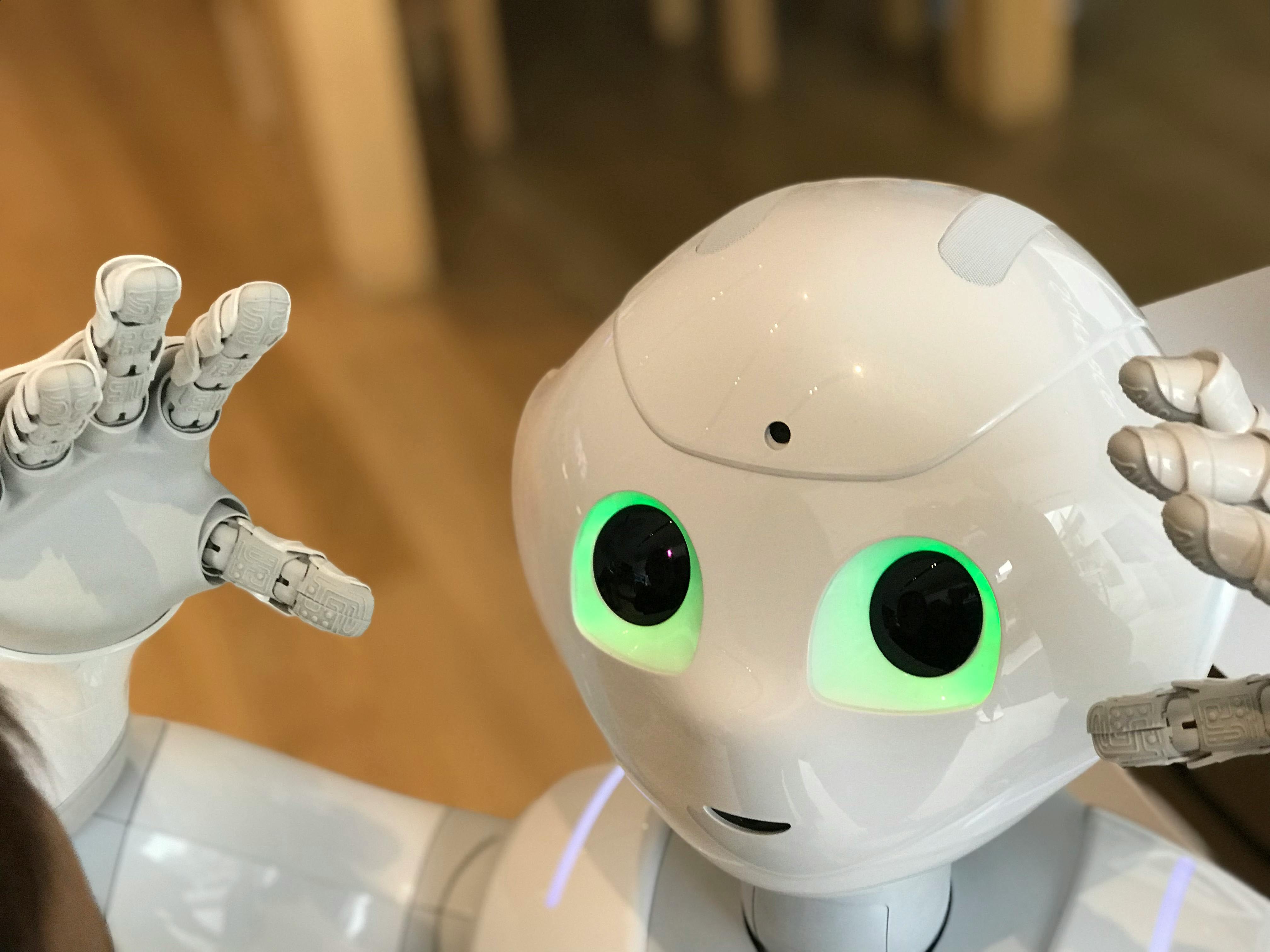News - News In Brief
Humanoid robots' deployment about to start, says GlobalData
October 13, 2024
.jpg) Advertisement
AdvertisementThe advent of OpenAI’s ChatGPT in 2022 revolutionized humanoid robotics, allowing for task execution without explicit programming.
As developed nations grapple with labor shortages from aging populations and declining birth rates, the demand for automation grows. Humanoid robots are emerging as vital solutions, particularly in eldercare, yet their successful integration hinges on societal acceptance and trust, says GlobalData, a data and analytics company.
GlobalData’s latest Strategic Intelligence report, “Deep Dive into Humanoid Robots,” analyses humanoid robots’ scope and prospects for the coming decade.
A new species of AI-enabled humanoid robots are designed to mimic human form and behavior and co-mingle and co-work with humans in human-designed environments. They are being intensively trialed in active work environments by Tesla, Amazon, and BYD ahead of commercial deployment at scale later in the decade.
As humanoid robots advance in terms of reliability, autonomy, and contextual awareness, there will be an increased demand for them to take on hazardous or undesirable jobs, especially in sectors where a labor shortage is expected, such as eldercare.
However, traditional Japanese and European robot companies are not making the running. Instead, Tesla, UBtech Robotics, and a clutch of breakthrough startups, including Fourier Intelligence, Figure AI, 1X Technologies, and Agility Robotics are leading the way.
Michael Orme, Senior Consultant in the Strategic team at GlobalData, comments: “Humanoid robot deployment will likely start in China, South Korea, and Japan. Many countries and global industries are already facing serious prospective skilled labor shortages in these sectors and require higher levels of sustainable productivity across the board.''
Martina Raveni, Analyst in the Strategic team at GlobalData, continues: “Due to low fertility rates and longer life expectancies, populations are shrinking and aging. This is leading to labor shortages across many industries, especially eldercare. It is difficult to see how many demographically stricken societies will avoid eldercare catastrophes and fiscal crises in the future without help from humanoid robots in hospitals and homes.''
Edward Bickerton, Associate Analyst in the Strategic team at GlobalData, says: ''We are very much in the early stages right now, and first-generation humanoid robots, despite highly impressive demos—albeit aided and abetted by special effects—are far from being general purpose, fully autonomous machines.''
Raveni concludes: “The success of evolving humanoid technologies will hinge not only on their technical prowess but also on their seamless integration into society. For these robots to truly thrive, they must go beyond mere functionality; they must build trust and foster collaboration with the communities they are designed to serve.”



.jpg)










